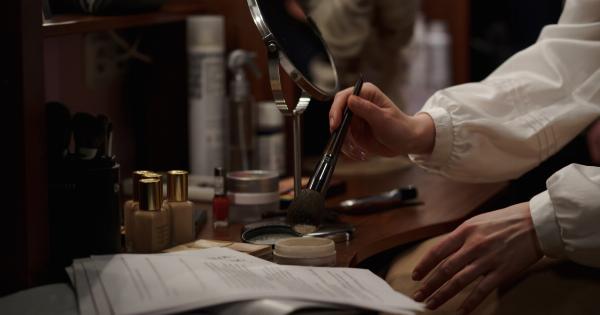As a new parent, it’s natural to worry about your baby’s health and well-being. One common concern that many new parents have is why their baby’s face may appear red. Here are some of the reasons why your baby’s face may be red:.
1. Heat rash
Heat rash is a common condition that occurs when your baby’s sweat glands become blocked. This can cause tiny red bumps or blisters to appear on your baby’s face and other areas of their body.
Heat rash is most common in hot or humid weather and can be easily treated by keeping your baby cool and dry.
2. Allergies
Babies can develop allergies to a wide variety of substances, including foods, pollen, and pet dander. If your baby’s face appears red and inflamed after being exposed to a particular substance, this could be a sign of an allergic reaction.
If you suspect that your baby has an allergy, it’s important to talk to your pediatrician to determine the cause and how to manage it.
3. Teething
Teething is another common cause of facial redness in babies. When your baby is teething, they may experience inflammation and irritation in their gums, which can cause their face to appear red and flushed.
Teething can be uncomfortable for your baby, but there are a variety of teething remedies, such as teething toys, that can help to soothe their gums.
4. Skin irritation
If your baby’s face appears red and itchy, this could be a sign of a skin irritation. Common causes of skin irritation include harsh laundry detergent, perfume, or lotion.
You can help to relieve your baby’s skin irritation by switching to fragrance-free or hypoallergenic products and keeping their skin clean and dry.
5. Eczema
Eczema is a chronic condition that causes red, itchy, and inflamed skin. Babies can develop eczema on their faces, particularly around their cheeks, forehead, and chin.
Eczema is thought to be caused by a combination of genetic and environmental factors, and there is no known cure. However, there are a variety of treatments that can help to manage symptoms, including moisturizers, prescription creams, and lifestyle changes.
6. Infection
In rare cases, your baby’s facial redness may be a sign of an infection, such as impetigo or a fungal infection.
If your baby’s redness is accompanied by other symptoms, such as fever or pus-filled blisters, it’s important to seek medical attention right away.
7. Overheating
If your baby is dressed in too many layers or is in a hot environment, they may become overheated. This can cause their face to appear red and flushed.
Make sure to dress your baby appropriately for the weather and avoid exposing them to extreme temperatures.
8. Crying
When your baby cries, their blood pressure and heart rate increase, which can cause their face to become red and flushed. This is a normal response to crying and is not usually cause for concern.
9. Vascular birthmark
Some babies are born with a vascular birthmark, which is a type of birthmark that appears red or purple in color. These birthmarks are caused by abnormal blood vessels and can appear anywhere on the body, including the face.
In most cases, vascular birthmarks are harmless and do not require treatment.
10. Stress
Like adults, babies can experience stress, which can cause their face to appear red and flushed. This can happen when your baby is exposed to new environments or experiences, or when they are separated from their parents.
While some stress is normal and healthy for babies, it’s important to provide them with a safe and nurturing environment to help them manage stress and develop resilience.




























